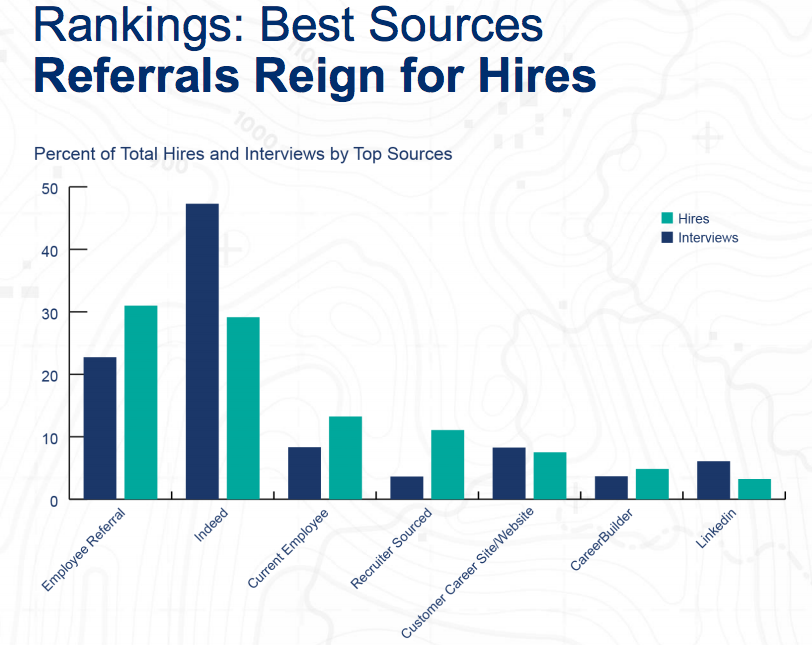Cybersecurity jobs are the hottest thing on the planet. Hackers out to do bad are growing as fast as the need to combat them and at this moment the bad guys are winning!
Every single organization I speak with have needs for Cybersecurity talent, or they are in denial of their needs for Cybersecurity talent!
Here’s the main problem, there are basically very few formal programs teaching cybersecurity. You can’t go to your local state college and get a degree in Cybersecurity. Even if you’re lucky enough to have a program like that close, this is such a ‘new collar’ field that the supply can not even come close to keeping up with demand.
So, what are organizations to do?
Build your own! Old school is the new black! Remember when if you needed an Electrician, no you wouldn’t because it’s been decades, you wouldn’t go hire one, you would hire an ‘apprentice’ and basically teach someone how to be an Electrician, and for this training they would give you 35-40 years of great service and you would give them a Timex gold watch and a bad back!
Remember when if you needed an Electrician, no you wouldn’t because it’s been decades, you wouldn’t go hire one, you would hire an ‘apprentice’ and basically teach someone how to be an Electrician, and for this training they would give you 35-40 years of great service and you would give them a Timex gold watch and a bad back!
Cybersecurity is bringing back the modern day equivalent of solving a talent shortage by having organizations actually solve their own problem, and not wait for higher education to catch up and fix the problem.
The new modern day fix to labor shortages involve a number of things the personnel departments from the 1960s and 70s didn’t have, but in some ways are still trying to catch up with a modern equivalent of the old apprentice programs.
IBM is on the forefront of building their own Cybersecurity workforce and they’re basically giving you the blueprint to do this on your own.
Steps you should be taking to build your own talent:
Step 1 – Reexamine your workforce strategy. You better know what skills you need three to five years down the road, you’re too late for the skills you need right now. The only way to solve that current problem is through a big checkbook because you will have to pay your way out of that problem!
Step 2 – Get really close with your community. You’re going to need training help, so start investing in programs at the high school and community college level. Your money goes further in these places than at State U., and you’ll have more direct control. You need to build a recruiting base.
Step 3 – Own the local talent pool you need most. If there are local groups, you support them in every way they need. Bring in national level development opportunities for those skill sets and give it away for free. Build a complete talent ecosystem with you at the center. This isn’t to say you won’t let others in on your market, let’s face it, it’s simple supply/demand economics. If you’re all building this talent, the overall price will come down!
Step 4 – Build Apprentice 2.0 for your Company. This is heavy lifting and hard work, but it’s the only way you can fully build the talent you need. This means great training, mentoring, hiring manager and peer ownership, continual development and upskilling, etc. The difference between old school apprenticeships and new school is you can’t just grow them and forget about them, or they’ll just leave you and waste your investment.
Step 5 (but should probably be #1 but you wouldn’t have paid attention to it!) – Forget about 4-year degrees! Your unfounded need to have college graduates in every role is silly and now hurting your company. IBM has shown you don’t need to be this ‘traditional’ peg to fit in the round hole. You can actually redrill the hole in any shape you want if you find the right attitude and willingness to learn.
But, Tim, we don’t have the money for this!
You will either pay for this, or you’ll pay at least 40% more to lead the market in wages and steal talent. I tend to believe this is the cheaper and more effective outcome because if you grow your own talent from puppies, they tend to be really, really good at your business and your problems. Hired guns might have talent, but you still have the issue of getting them up to speed at a much higher cost.


